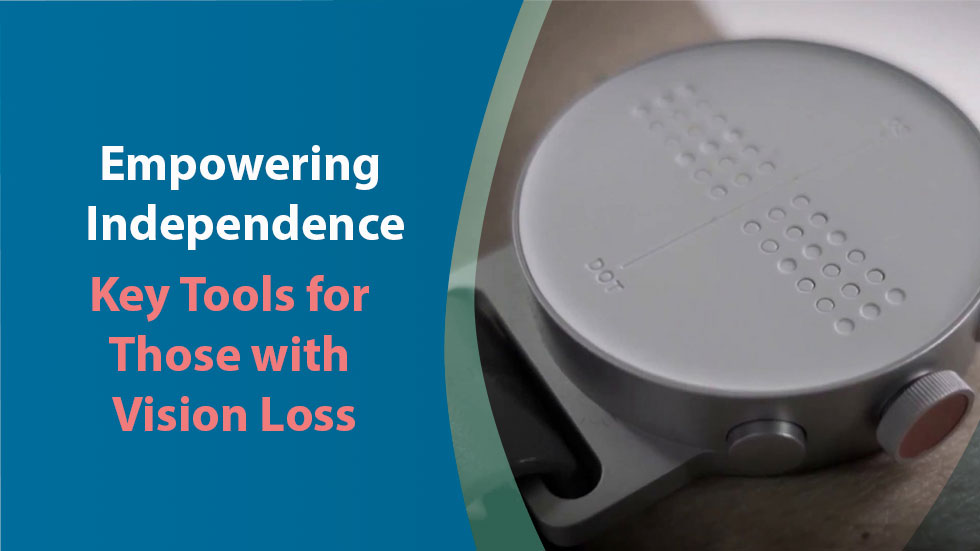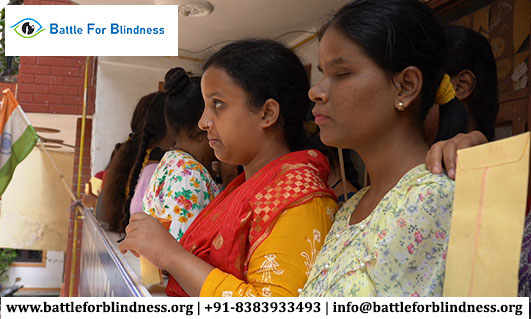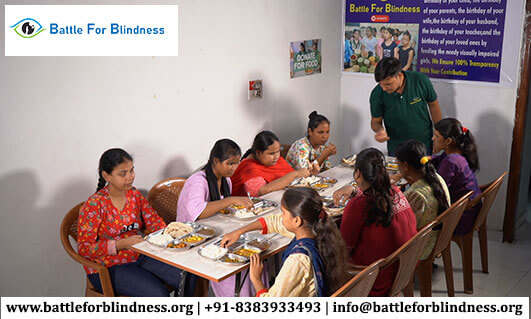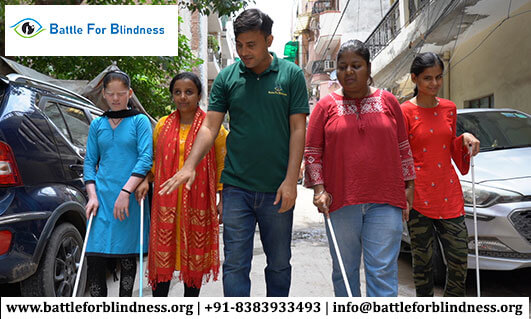
Living with vision loss presents unique challenges, but advancements in technology, resources, and support systems have made it possible for visually impaired individuals to lead independent, fulfilling lives. From assistive devices to everyday tools, the right support can transform the way people navigate the world. This blog explores the essential tools that help visually impaired individuals thrive, manage daily tasks, and enhance their quality of life.
Understanding Vision Loss
Vision loss can range from partial impairment to total blindness, and it can occur due to a variety of causes, including congenital conditions, injuries, or diseases like glaucoma and diabetic retinopathy. Regardless of the cause, adapting to vision loss often involves learning new skills, seeking out specialized tools, and finding ways to maintain independence.
Essential Tools for Independence
-
Cane and Mobility Tools
- White Canes: The white cane is one of the most recognizable tools for visually impaired individuals. It allows users to detect obstacles, changes in surface texture, and the boundaries of walkways, enabling safe navigation.
- Smart Canes: Newer versions of the traditional white cane include sensors and GPS features that alert users to obstacles, provide navigation instructions, and offer advanced assistance for navigating urban environments.
-
Screen Readers and Magnifiers
- Screen Readers: For visually impaired individuals, technology like screen readers can transform how they interact with computers, smartphones, and the internet. Programs like JAWS (Job Access With Speech) or NVDA (Non-Visual Desktop Access) read aloud the text on a screen, allowing users to navigate digital content independently.
- Magnifying Tools: For those with low vision, digital magnifiers or magnifying apps can enlarge text, images, and objects, making it easier to read books, newspapers, or labels on packages.
-
Braille and Tactile Devices
- Braille Displays and Keyboards: Braille remains one of the most empowering tools for the blind. Devices like refreshable Braille displays convert digital text into Braille, while Braille keyboards allow for text input without relying on sight.
- Tactile Markers: Tactile dots or Braille labels can be used to mark important items in the home, such as medication bottles, kitchen appliances, or even banknotes, providing enhanced safety and independence in everyday tasks.
-
Voice-Activated Assistants
- Devices like Amazon Echo, Google Home, and Apple’s Siri have revolutionized daily life for the visually impaired. Voice-activated assistants can set reminders, check the weather, play music, or read books—all hands-free.
- For visually impaired individuals, these devices also act as powerful accessibility tools by providing voice-based navigation of digital content, from emails to news updates, and enabling control of smart home features like lights and thermostats.
-
Optical Character Recognition (OCR) Technology
- OCR Software: This technology allows users to scan printed text (such as books, letters, or product labels) and convert it into speech or Braille. OCR software, like KNFB Reader or Seeing AI, has become an invaluable tool for visually impaired individuals, offering independence in reading and accessing written information.
- Portable OCR Devices: Devices like OrCam MyEye, a wearable OCR tool, attach to glasses and read aloud printed text or identify objects, offering greater mobility and accessibility.
-
Navigation Apps
- Apps like BlindSquare and Seeing AI provide real-time navigation assistance, guiding users through unfamiliar spaces using GPS technology and voice instructions.
- These apps can identify nearby landmarks, announce street names, and provide detailed information about obstacles, improving mobility and safety while traveling independently.
-
Accessible Smartphones and Tablets
- Smartphones, particularly those running iOS or Android, offer numerous built-in accessibility features for the visually impaired. Features like VoiceOver on iOS or TalkBack on Android provide auditory descriptions of everything happening on the screen.
- Braille compatibility and high-contrast settings also make these devices invaluable for individuals with varying degrees of vision loss.
-
Adaptive Daily Living Tools
- Talking Clocks and Watches: For visually impaired individuals, staying on top of time management can be difficult. Talking clocks and watches announce the time aloud, offering a simple solution for this challenge.
- Large-Print or Braille Labels: These labels are used to organize personal items, from medication bottles to food containers, improving safety and independence in everyday life.
- Color Identifiers: Tools like the Colorino color identifier help individuals with vision loss determine the color of clothing or objects, enabling them to make informed decisions in activities like dressing or home decoration.
Coping Strategies and Support Systems
In addition to essential tools and technologies, support networks play a crucial role in helping visually impaired individuals lead independent lives. Here are some important strategies:
-
Training in Orientation and Mobility:
- Learning how to use a cane, smart cane, or guide dog effectively requires professional orientation and mobility training. Specialists help individuals navigate their environments confidently, whether indoors or outdoors.
-
Accessible Education and Employment Resources:
- Specialized educational resources, including Braille textbooks and accessible online learning platforms, ensure that visually impaired individuals can pursue education and professional opportunities.
- Career services offering tailored job training, assistive technologies, and mentorship programs help visually impaired individuals thrive in the workplace.
-
Community and Support Groups:
- Joining communities of visually impaired individuals can provide emotional support, shared knowledge, and access to resources. Groups like the National Federation of the Blind or local vision loss support groups offer connection, advocacy, and advice on how to live with vision loss.
Conclusion
Living with vision loss doesn’t have to mean a loss of independence. With the right tools, from canes and Braille displays to voice-activated assistants and OCR technology, visually impaired individuals can navigate the world with confidence and autonomy. Coupled with mobility training, accessible education, and strong support systems, these tools empower visually impaired individuals to lead fulfilling lives, participate in society, and pursue their goals without barriers.





